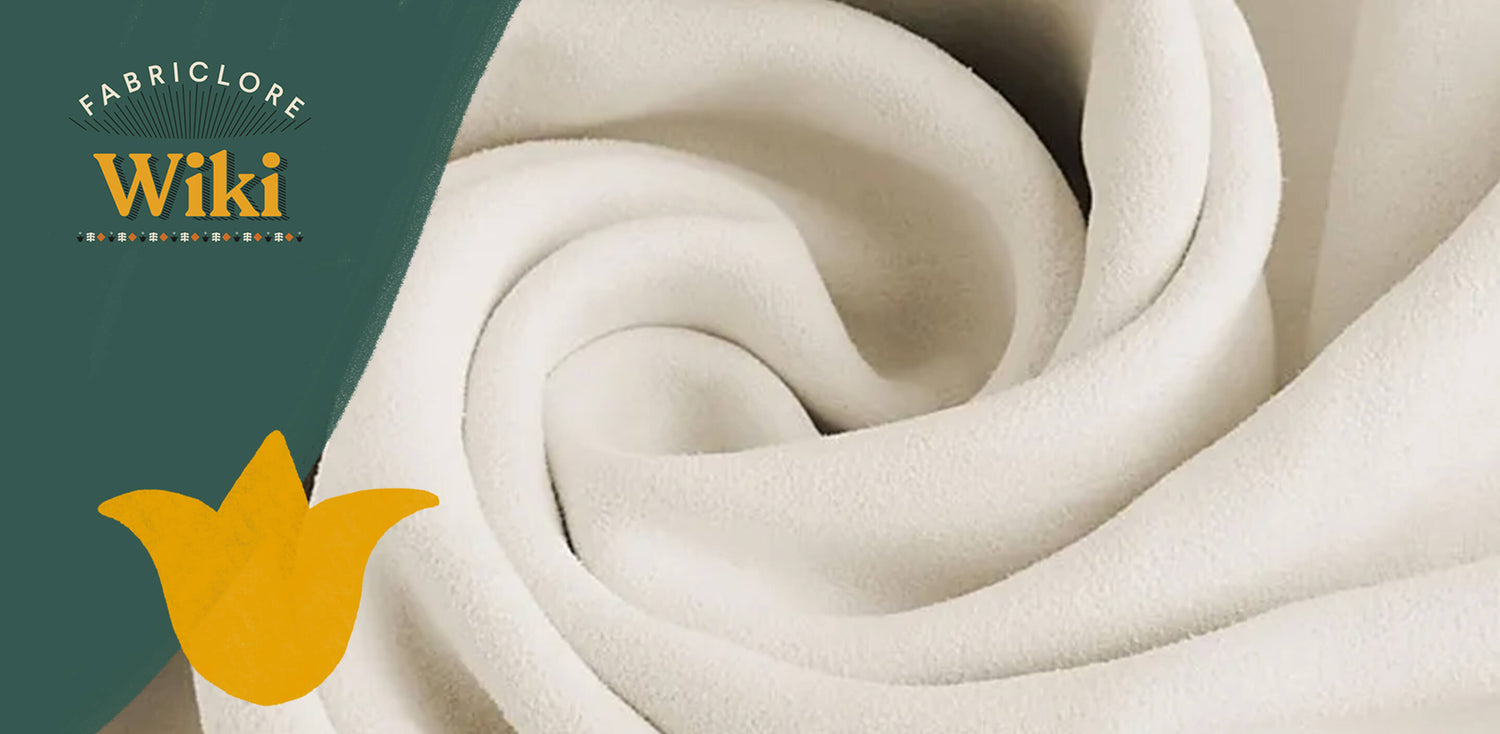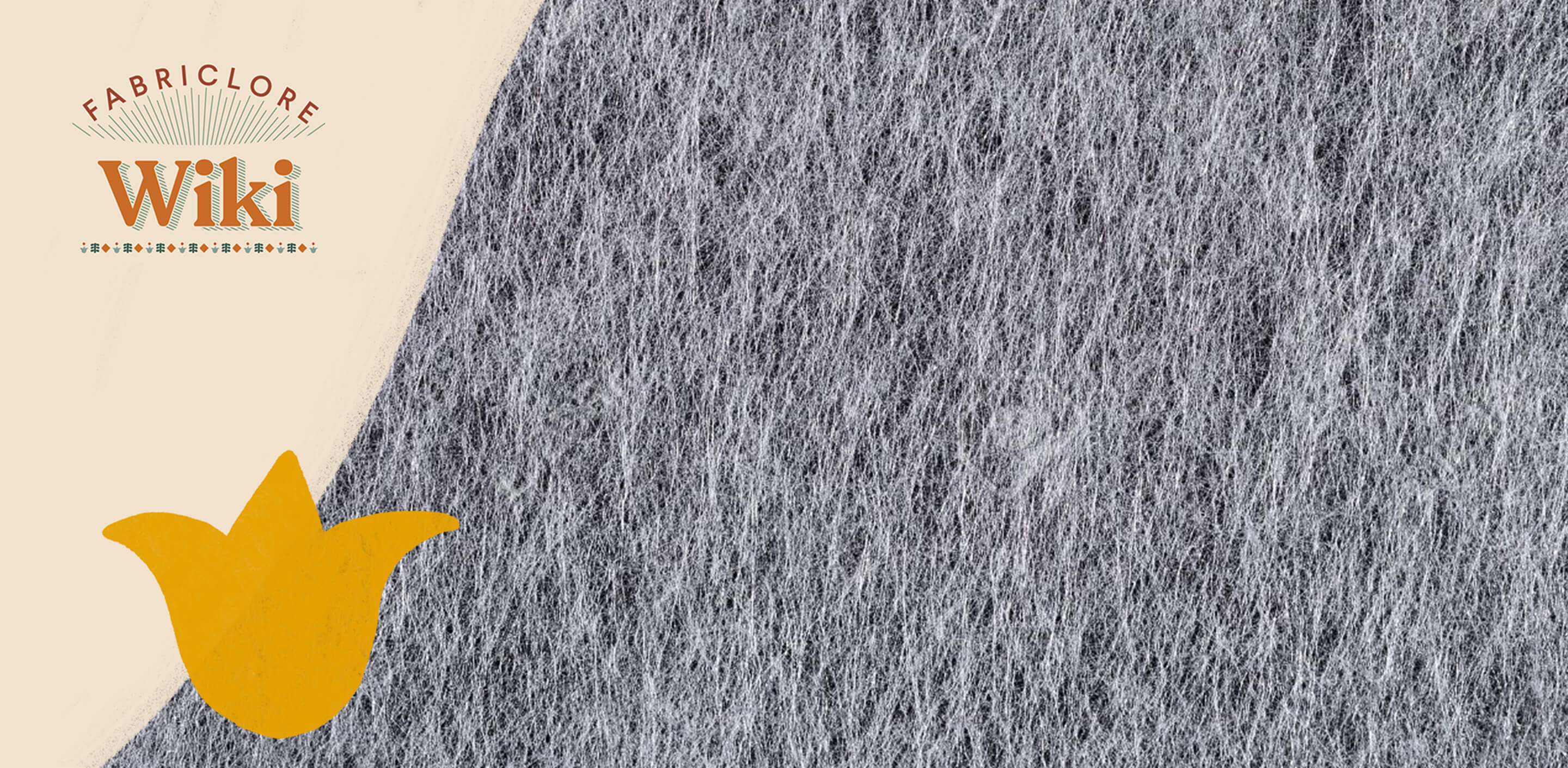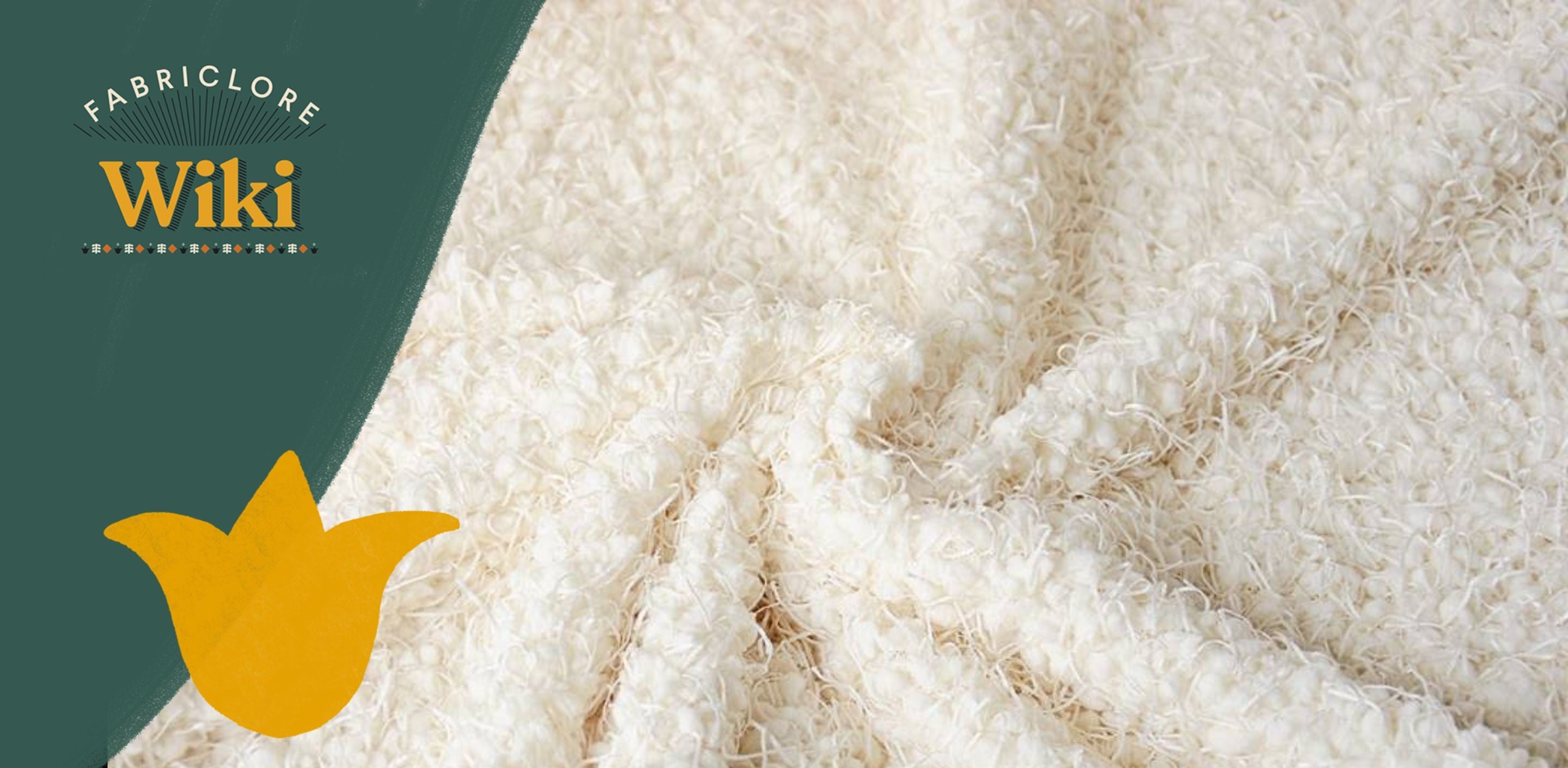What is Chamois Fabric?
- The chamois fabric has a simple weave, and its appearance and properties are quite similar to those of chamois leather.
- However, Cotton fibers are used in the production of this fabric.
- As it is more resilient, thicker, and more comfortable than flannel, chamois is commonly used as a cloth for washing and waxing automobiles.

History
- The history of chamois fabric can be traced back to Europe. Before the year 1709, people in Europe kept an animal that was similar to a goat and called it a Chamois.
- For the production of this material, they employed the skin of chamois. In the early days, chamois cloth was used for nothing other than the production of gloves in the southwest of France.
- This fabric was reworked into elegant white gloves that were lauded for their exceptional dexterity and comfort.
- On the other hand, the first evidence of the new Chamois's early creation may be seen in the 1900s.
- The usage of chamois eventually grew to the point that it was adopted by industry and used in the production of automotive windshields.
- However, making use of the windshields was quite cumbersome, and they needed to be cleaned on a fairly regular basis.

What makes it stand out
|
Non-Abrasion |
Traditionally the chamois fabric used to be very hard making it abrasion, however presently the fabric has higher absorbency and no abrasion. |
|
Texture |
The fabric has a soft and smooth texture. |
|
Micro-Filtration |
Chamois Fabric is characterized by a higher degree of flexibility in the pores of the skin. Due to this, it is mostly used for micro-filtration. |
Application and Usage
|
Clothing |
|
|
Curtains, cushion covers, pillow covers, etc. |
|
|
Accessories |
Gloves, pouches, handbags, Chamois Cleaning Cloth, etc. |
Care Instruction
- It is best to hand wash the chamois fabric, just as you would do with other delicate textiles like lace, so that the quality of the cloth may be preserved.
- To clean it, first, fill the bucket with water, then add a high-quality detergent or soap and agitate it.
- Place the cloth carefully into the water, and then massage it between your palms and fingers.
- After it has been cleaned, the cloth should be rinsed in warm water.
- However, take care not to twist it in any way.

We also happen to be a magnet for suggestions, and would love to catch yours….throw us yours on hello@fabriclore.com





